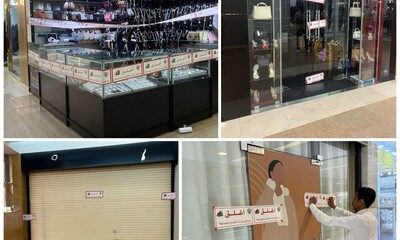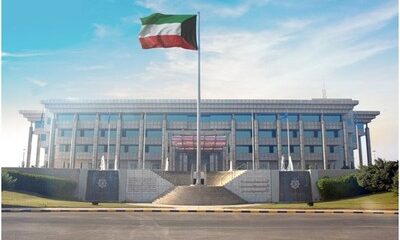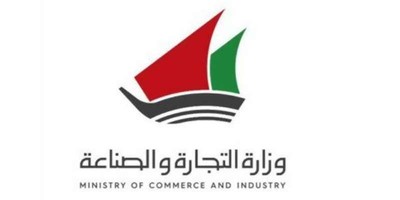LONDON, Aug 10: A global migration of the ultra-wealthy is reshaping the economic landscape, as over 142,000 millionaires are projected to relocate in 2025, marking a historic shift in high-net-worth movement patterns.
Once-iconic centers of affluence like London and Paris are witnessing an exodus of millionaires, driven by escalating geopolitical tensions, trade wars, and macroeconomic instability. As the wealthy seek safer, more financially advantageous destinations, one Eastern European nation has quietly become the world’s fastest-growing millionaire hub: Montenegro.
According to the Henley Private Wealth Migration Report 2025, Montenegro has recorded a 124% increase in its millionaire population over the past decade. Although it currently hosts just 2,800 millionaires, the country has rapidly gained popularity thanks to a combination of fiscal incentives, investment opportunities, and an enviable Mediterranean lifestyle.
Situated along the Adriatic Sea and framed by the Dinaric Alps, Montenegro’s appeal lies not only in its natural beauty but in its flat income tax regime, absence of inheritance and gift taxes, and a now-suspended “golden passport” program that once allowed investors to gain citizenship.
“Montenegro’s low-tax regime, combined with luxury real estate options and a high quality of life, has made it an ideal destination for lifestyle-driven investors,” said Dominic Volek, Head of Private Clients at Henley & Partners.
The year 2025 is on track to witness a record-breaking wave of millionaire relocations. An estimated 165,000 millionaires are expected to move abroad by next year. Experts cite ongoing global instability as a major motivator.
“As major powers become more entangled geopolitically, wealthy individuals are factoring political risk into their decisions on where to live and invest,” Volek added.
While Montenegro is gaining traction, the United Arab Emirates (UAE) continues to lead in net millionaire inflows, expecting to attract 9,800 high-net-worth individuals this year alone—more than any other country. The UAE’s political stability, business-friendly policies, and Golden Visa program are seen as key drivers of this trend.
In contrast, many Western European nations are experiencing an outflow of wealth. The United Kingdom tops the list of millionaire departures for the first time in a decade, with 16,500 individuals expected to leave the country in 2025. That figure translates to a 9% decline in the UK’s millionaire population over the past ten years.
Analysts attribute the British exodus to factors such as Brexit-related uncertainty, changes to non-domicile tax laws, and a generally less welcoming climate for foreign capital.
“Despite this outbound wave, the UK still appeals to some high-net-worth individuals—particularly disillusioned Americans under the current Trump administration,” said Juerg Steffen, CEO of Henley & Partners. “However, without clearer entry pathways, the country struggles to offset the outflow.”
France, Spain, and Germany are also witnessing increased wealth migration. According to Volek, inquiries into alternative citizenship and residence options from German millionaires jumped 114% between 2023 and 2024, signaling a broader crisis of confidence among Europe’s financial elite.
This shift in millionaire demographics has deeper implications. As the wealthy relocate, regional investment trends, real estate markets, and even government tax revenues could be significantly affected.
Experts warn that the long-term consequences of such migration could impact financial stability, innovation ecosystems, and economic development strategies, particularly in countries losing their wealthiest citizens.
As this unprecedented migration unfolds, Montenegro’s rise illustrates a changing global order—one where emerging markets and smaller states increasingly compete for the attention of the world’s wealthiest, offering not just safety and profits, but a desirable lifestyle in uncertain times.

 Politics10 hours ago
Politics10 hours ago
 Politics7 hours ago
Politics7 hours ago
 Latest News21 hours ago
Latest News21 hours ago
 Latest News7 hours ago
Latest News7 hours ago
 Politics6 hours ago
Politics6 hours ago
 Latest News22 hours ago
Latest News22 hours ago
 Politics22 hours ago
Politics22 hours ago
 Politics7 hours ago
Politics7 hours ago





















